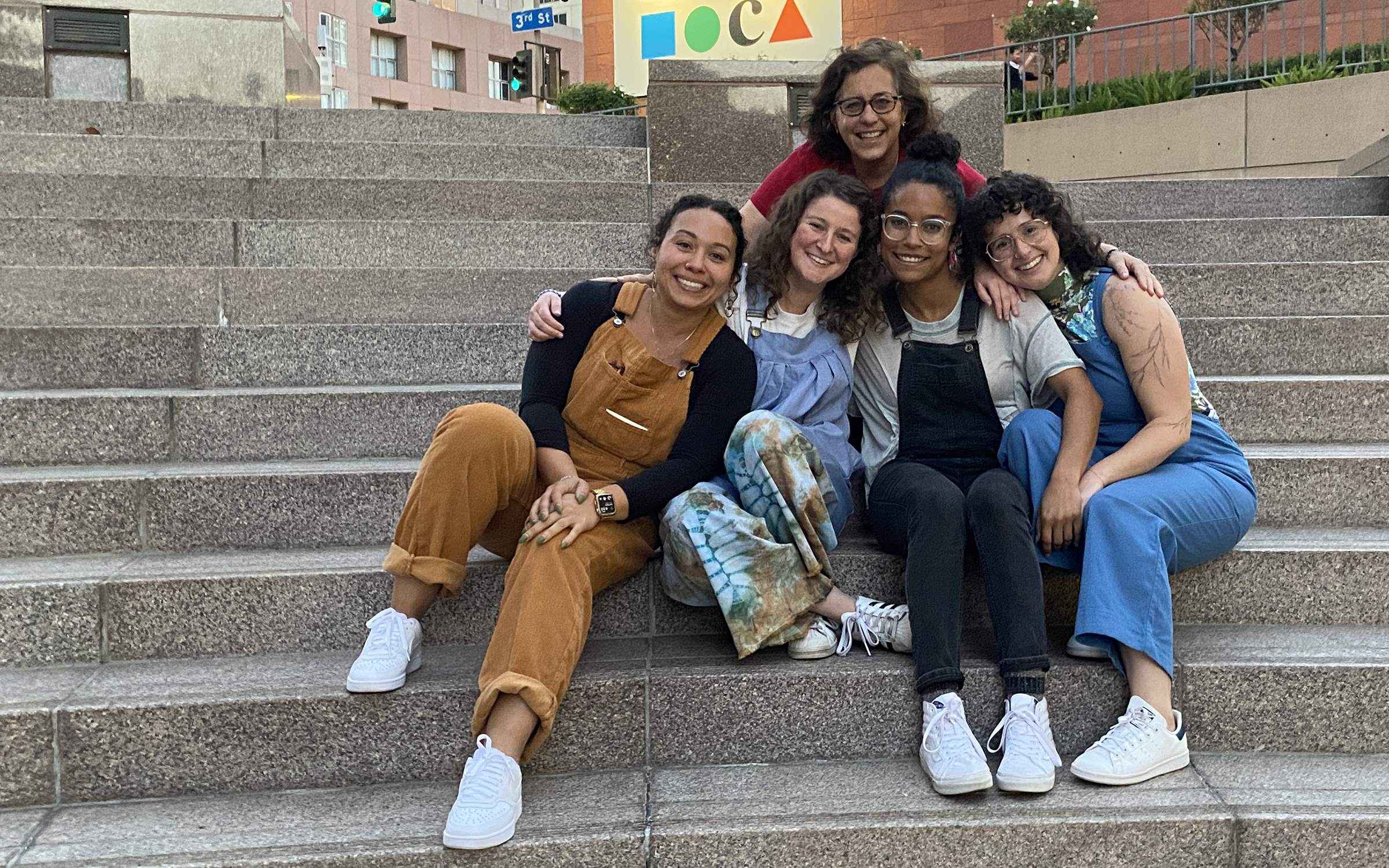
What is safety?
For centuries elected officials and lawmakers nationwide have grounded the notion of safety in police, prosecutions, and prisons. But are these truly the foundations of safety?
When we explore the idea of safety more deeply, we understand that the traditional meaning — based on the absence of harm, danger, or injury — does not fully represent what safety means to a community and only perpetuates punitive approaches.
That has to change.
Black, Brown, marginalized, and poor communities live with the daily impact of this harmful interpretation of safety. For so long, law enforcement has translated that interpretation by disproportionally targeting these groups, all in the name of “public safety.” A deeper understanding recognizes the white supremacist roots that encourage a “safety” rooted in fear and punishment rather than healing and thriving.
The Newark community has for years been building a movement to put the public back in public safety by embracing a broader understanding of safety. Long-time residents and grass roots activists have channeled the trauma, grief, and anger that decades of violence and police oppression produced, along with the love, hope, and resilience present within the community, into healing-centered solutions — and the passion to make them reality.
On behalf of our partners — the Newark Community Street Team and Newark’s Office of Violence Prevention and Trauma Recovery — we are proud to publish a chronicle of that evolving movement: The Future of Public Safety: Exploring the Power & Possibility of Newark’s Reimagined Public Safety Ecosystem.

The movement started as pure activism: community members tired of seeing their friends and family members killed or harmed. They demanded change. Some identified specific needs in the community and built solutions to the root causes of violence. The strategies started to complement each other and have a real impact.
These strategies weren’t necessarily new. But they didn’t fit inside the dominant paradigm because they are rooted in the dignity of each person rather than the “good people” vs. “bad people” frame central to our punitive approaches.The leaders driving these alternative strategies are challenging that dominant paradigm. They are expanding the notion of safety beyond the absence of violence and danger to make the presence of well-being and the infrastructure to support it essential to public safety.
The Future of Public Safety captures the stories of Newark’s people, the trauma that inspired them to seek change and the hope and commitment that turned ideas into a working ecosystem of solutions.
We release this report now to lift up the work that has been happening for generations in Newark because other cities can learn from Newark’s journey and replicate the successes. The need is urgent. The future of public safety is now.
Jamila Hodge, Executive Director
Will Simpson, Director of Violence Reduction Initiatives


